Photo Gallery: Asa Wright and the Birds of Trinidad
Trinidad, the heftier half of Trinidad and Tobago, is an incredible emerald gem less than 10 miles off the coast of Venezuela. Perhaps most famous for its Carnival celebration, the island is also a stellar destination for nature lovers, but especially for birdwatchers. Over 460 species in this 1,841 square mile space that rises from shoreline and sea level habitats such as Caroni Swamp (a great place to see the national bird, the scarlet ibis, in abundance, up to forested mountains as high as 3,084 feet (940m). But if you go there for birds, you can’t miss a visit to (or even a stay at) Asa Wright Nature Centre and Lodge.
The namesake once owned this incredible home overlooking Arima Valley. Originally from Iceland, Asa married a Brit and they moved here and bought the home during World War II. In 1967, the non-profit organization was established to protect these 1,500 acres before her death in 1971. Now her name is famous as a destination and the person is an old black and white photo on the wall.
Now visitors and guests gather daily on the veranda to watch the feathered residents gather at feeders or hike through the forest to seek them out. Most notable for birding life-lists is the nocturnal oilbird. The center offer guided tours to Dunston Cave, the on-site breeding colony of oilbirds, and the only accessible one in existence.
Common birds may be common for the island but exotic for some of us in North America. Here is the crested oropendola gathering straws for nest building.
The oropendola nests are as conspicuous as their calls (click on the one recorded by Antonio Silveira), which have been described as water dripping, descending notes, but remind me of the death of Pacman.
The plant life here should also keep botanists pretty happy.
Here is a butterfly orchid.
And the birds are pretty fond of the plant life as well. (Shown here is a female purple honeycreeper)
And the purple honeycreeper’s male counterpart.
The land used to be cacao and coffee plantation and we passed cacao in the forest on the drive up to the center. But we also stopped so the driver could show us a special local fruit. Nutmeg.
Inside is the seed, which is ground into the powder we are more familiar with. But also, a red plastic like web wraps the seed. This is actually the spice mace.
But the birds are the stars of the show. Pictured here is a blue-gray tanager.
The motmot is one of the more colorful birds.
Deep in the forest we found a playful and fearless White-bearded Manakin. The same hike where I ran into that rather large spider you may have seen on my blog.
A rufous vented chachalaca.
With over 20 recorded species of hummingbirds, Trinidad is also considered Hummingbird paradise.
Feeders allow birders to get up close to the tiny birds. Here is a copper-rumped hummingbird.
Another copper-rumped hummingbird in action. Photographing them can be challenging and fun.
Here is a ruby-topaz hummingbird. The iridescent colors constantly change with the angles so you can never tell what color you are going to capture. These are not pigment colors but tricks of the light created by tiny air bubbles in the surface of the feathers. Some light reflects off the surface of the feather, some passes through the air bubbles and reflects off that next layer and thus creates the iridescence. As some may already know, the blue jay, for example, isn’t actually so blue, but is made so by this effect.
This was my favorite: a black-throated mango hummingbird.
And finally, after dark when the hummingbirds head for home, bats also take advantage of the feeders.
Also check out my birds of Kenya photos and a hornbill photo gallery.
Going to Trinidad and Tobago for birding? Don’t forget to bring a field guide:




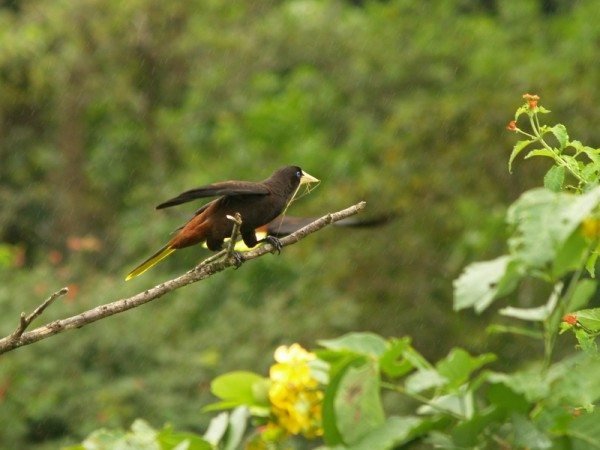

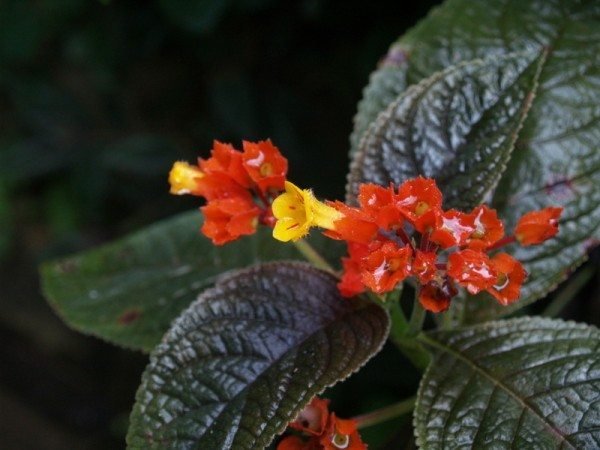






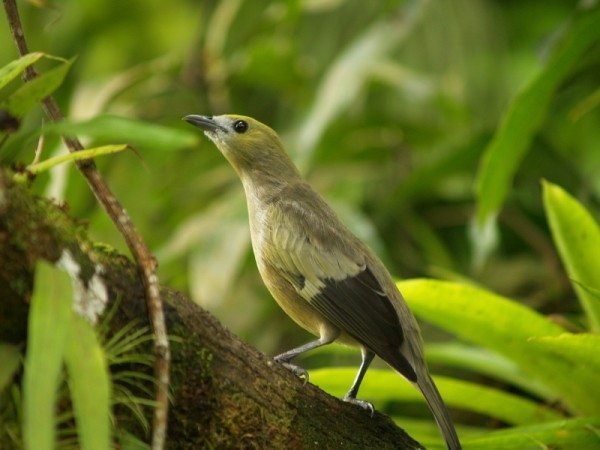

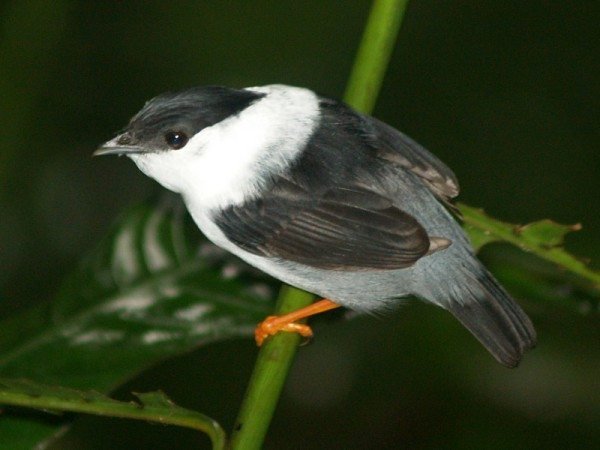
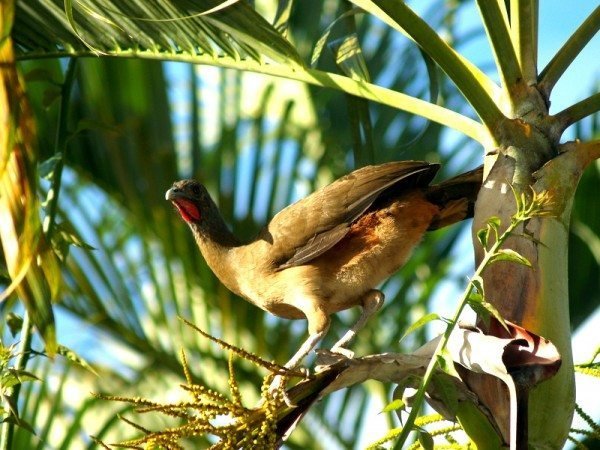
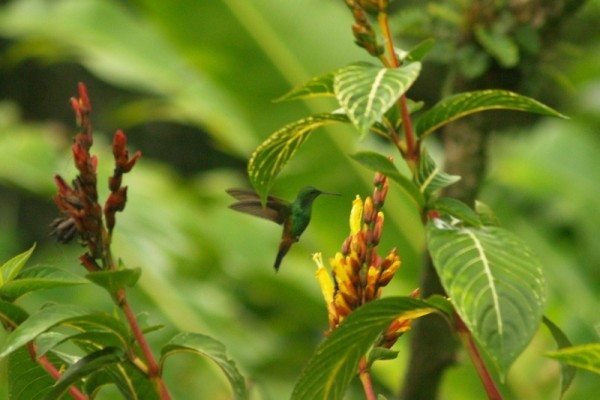









 ORDER YOUR COPY TODAY!
ORDER YOUR COPY TODAY! ORDER YOUR COPY TODAY!
ORDER YOUR COPY TODAY!
Pingback: Travel Photo: Spider in Trinidad
Nice list of birds here. Thanks for the photo on the white bearded manakin. I saw one of those in Guyana and could not identify.
Some great photos of those hummingbirds. Trinidad is definitely a beautiful place and a great spot for a holiday